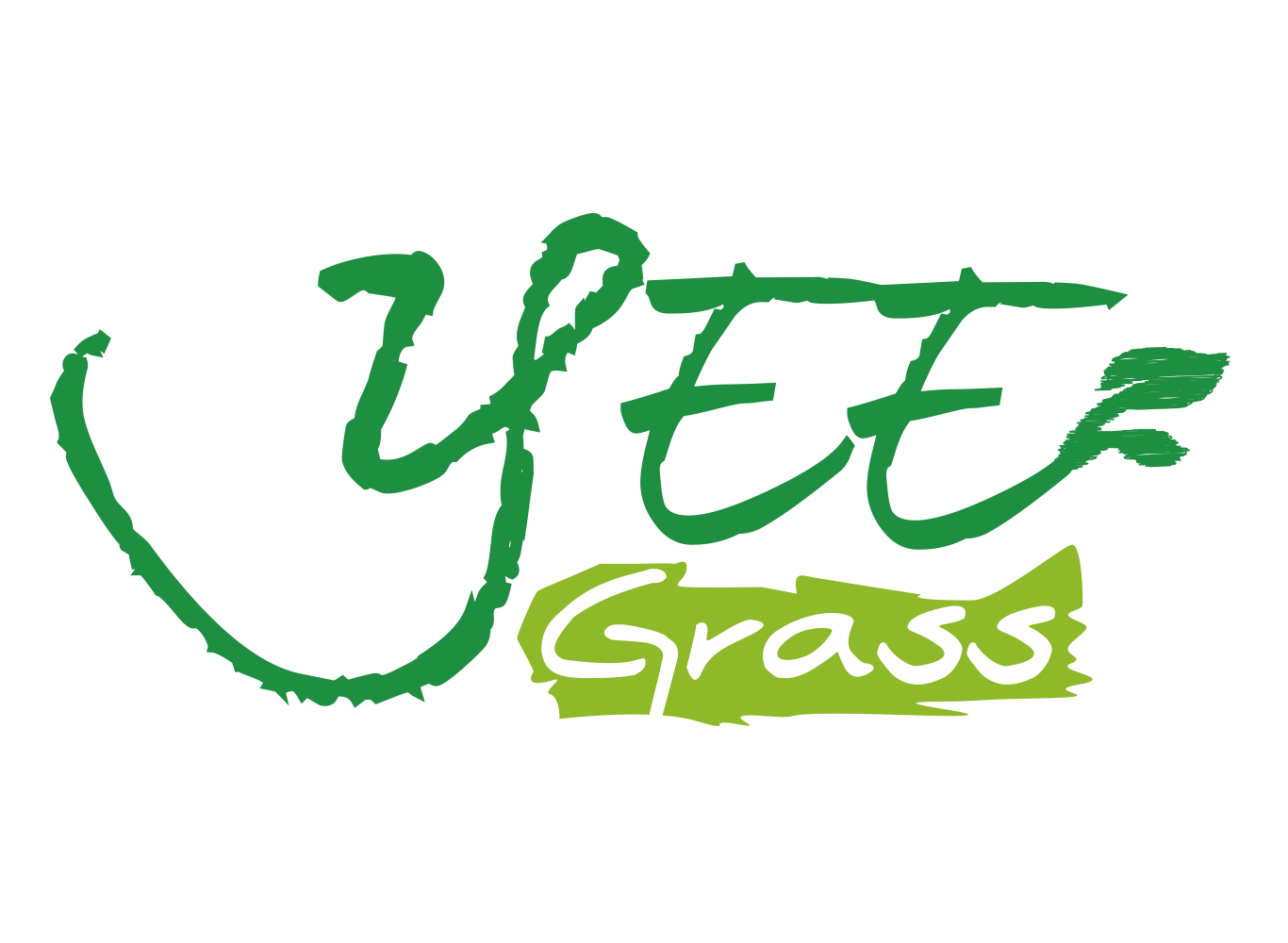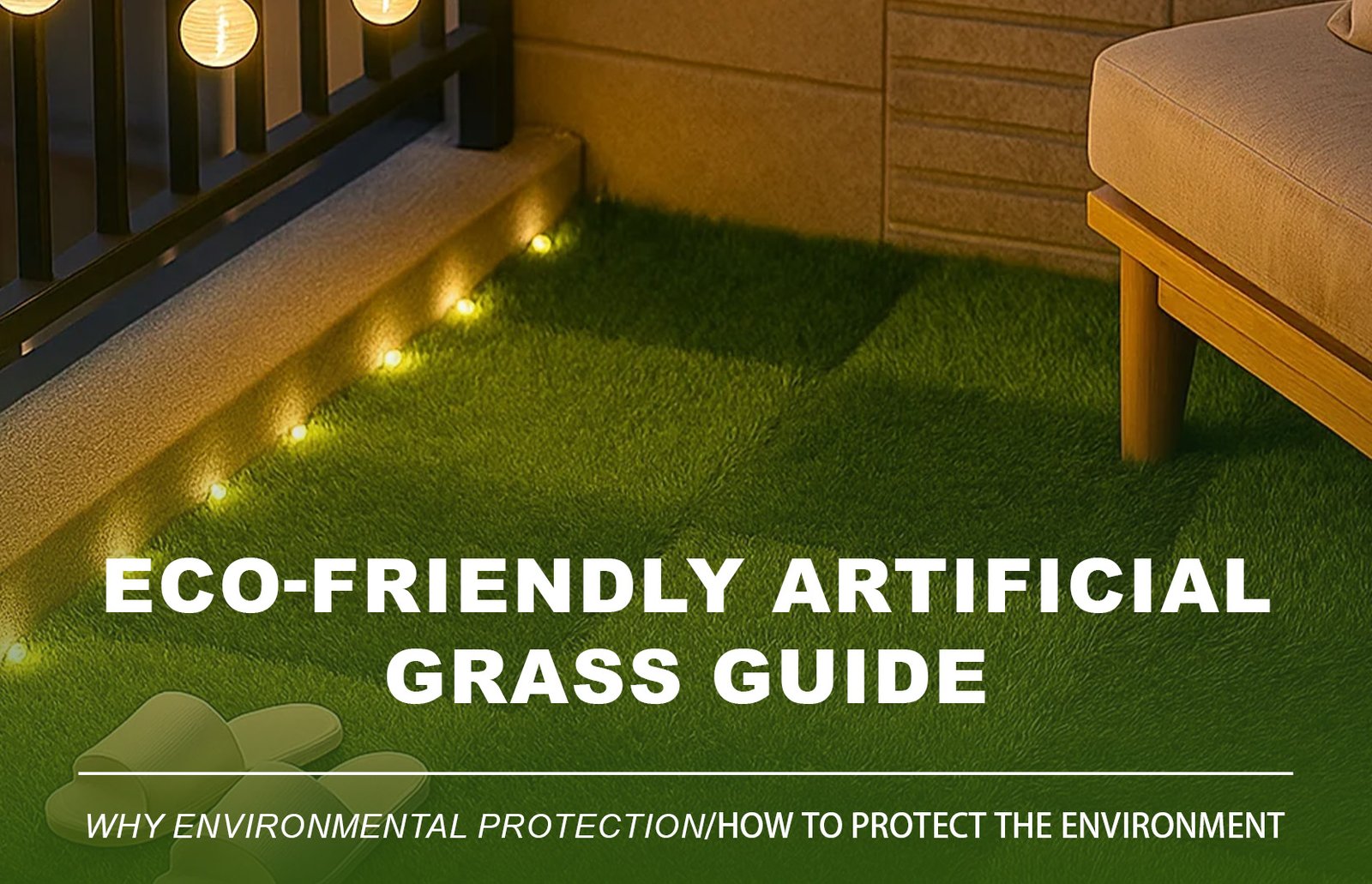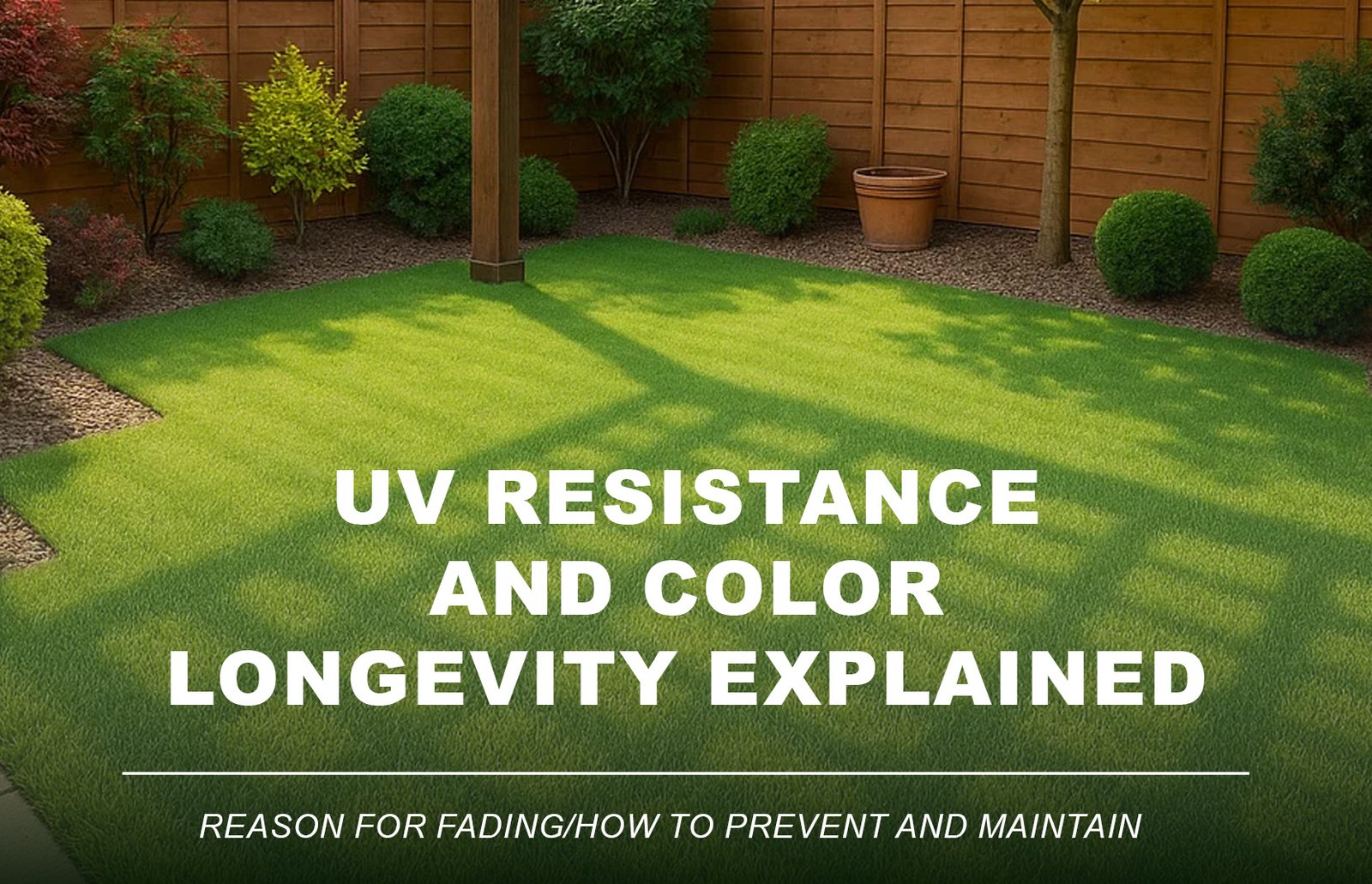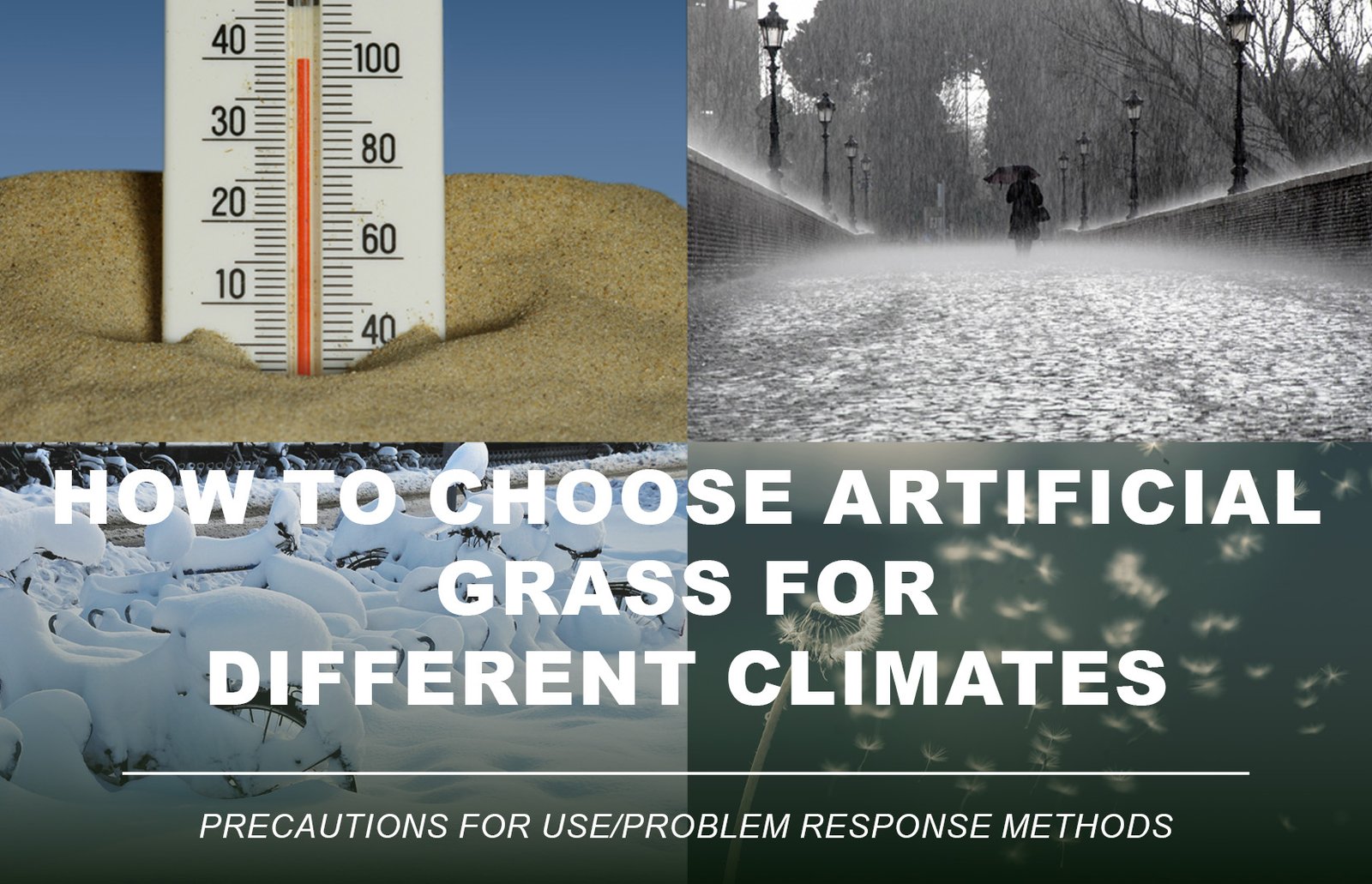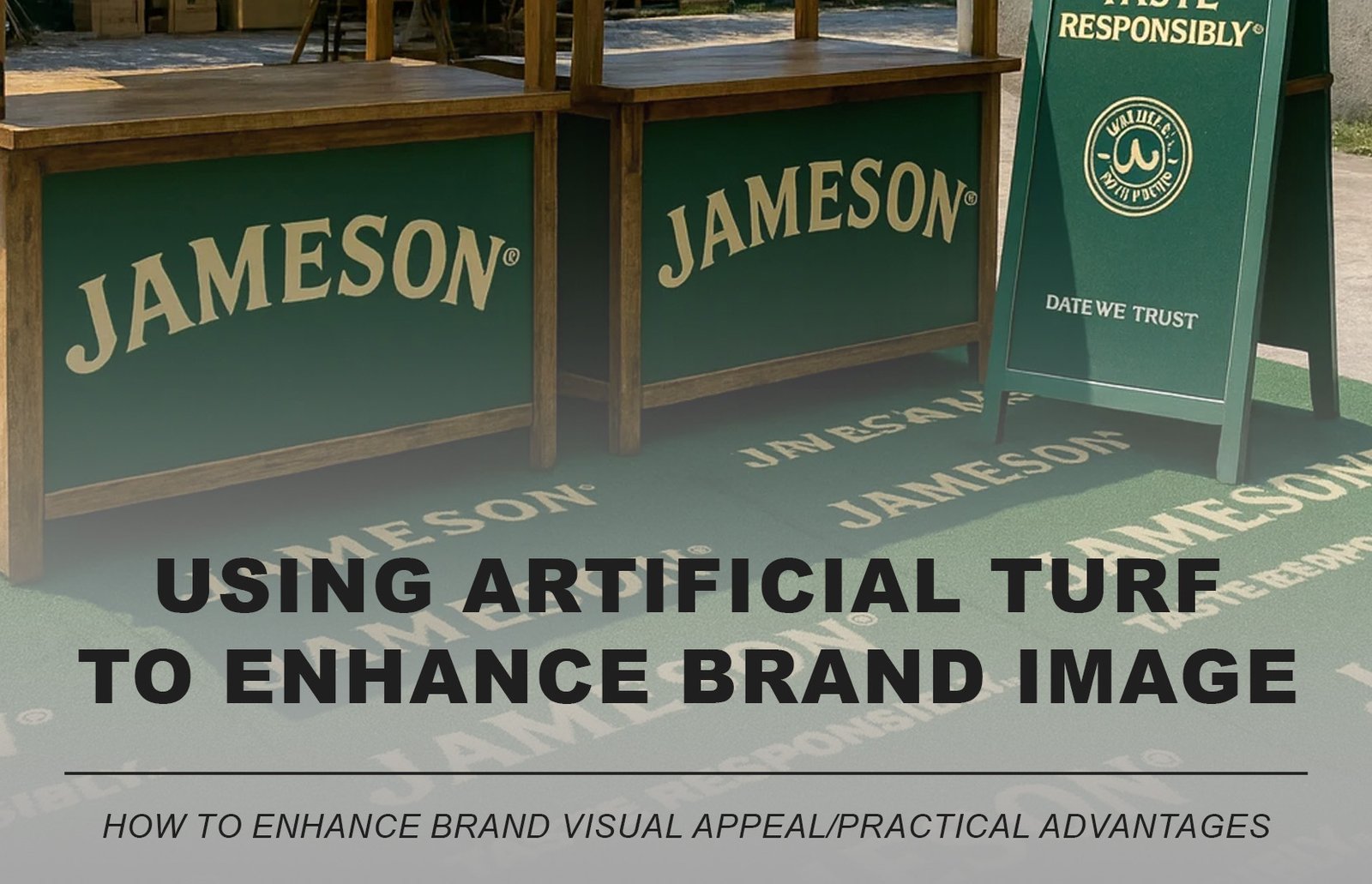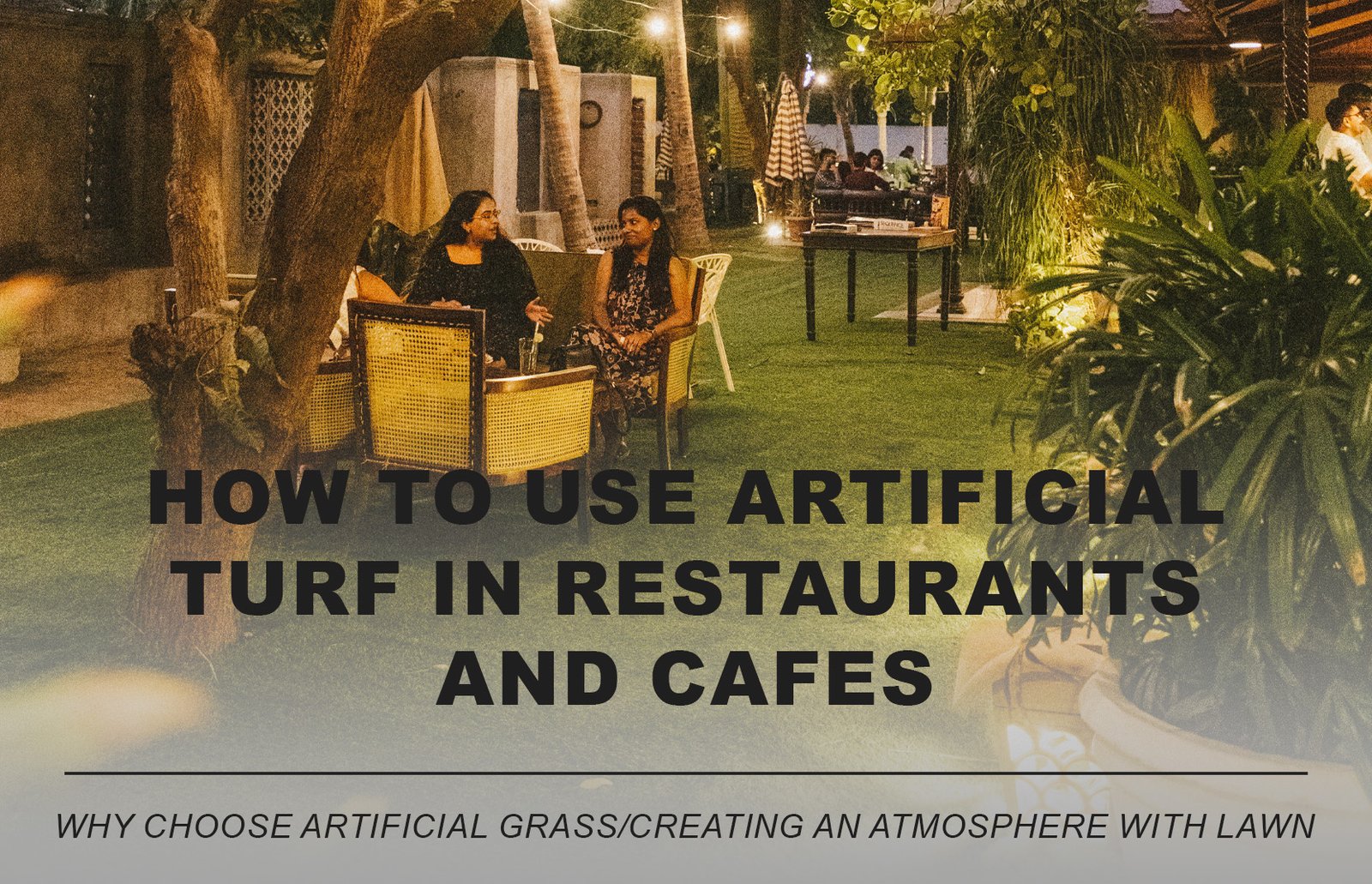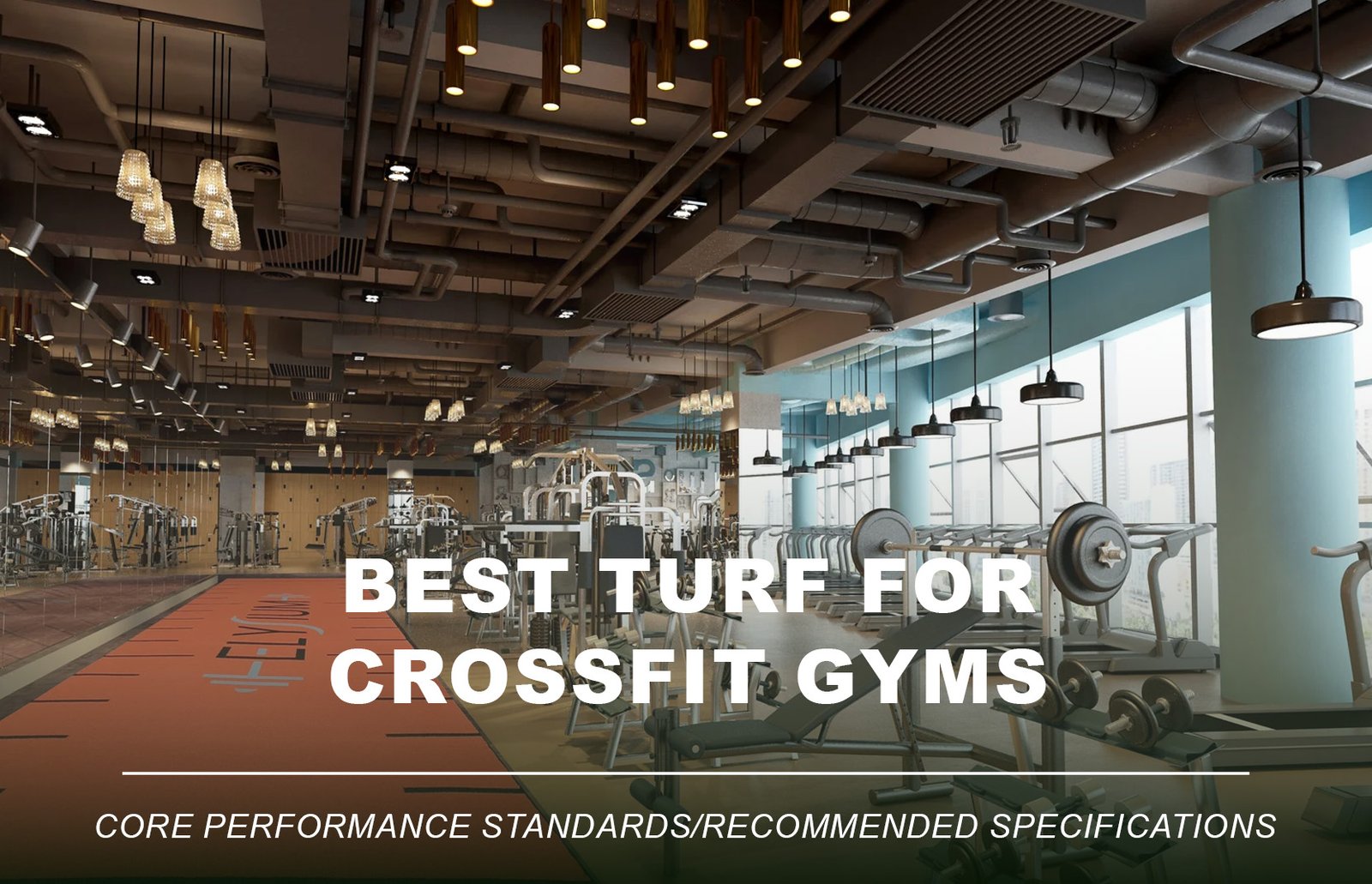
As the demand for sustainable living grows, more landscape designers and users are focusing on the environmental performance of artificial grass. Is synthetic turf inherently harmful to the environment? Not necessarily. Thanks to innovations in materials and recycling systems, modern eco-friendly turf is becoming a key solution for green landscaping.
1.Why Does Artificial Grass Need to Be Eco-Friendly?
While artificial grass was originally designed to reduce maintenance costs and water consumption, its plastic components often raise concerns about environmental impact. However, when the right materials are chosen and recycling is properly handled, synthetic turf can actually reduce overall carbon footprint throughout its life cycle by minimizing the use of fertilizers, pesticides, and water—achieving truly sustainable landscaping.
2. What Makes Artificial Grass Eco-Friendly?

Genuinely eco-conscious artificial grass should meet the following criteria:
- Made with lead-free, non-toxic materials and free from heavy metals
- Uses UV-stabilized yarn for longer lifespan and fewer replacements
- Requires no irrigation, fertilization, or mowing, significantly saving natural resources
3.Recyclable Materials in Artificial Turf
Today’s recyclable turf systems often feature:
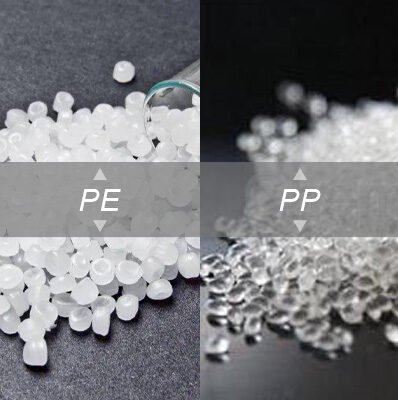


- Yarn materials: Thermoplastics like polyethylene (PE), polypropylene (PP), which offer strong reprocessability
- Backing options: Recyclable polyurethane (PU), thermoplastic elastomer (TPE), or non-glue peelable structures
- Natural infill: Quartz sand, coconut fibers, cork granules—all biodegradable or recyclable
- Closed-loop recycling systems: Old turf is reprocessed into shock pads, industrial granules, etc.
4. Trends in Innovative Eco Turf Materials
Next-generation turf products are embracing:

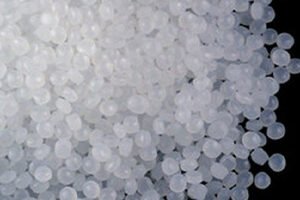

- Yarn made from recycled PET bottles, reducing virgin plastic consumption
- Bio-based PE (e.g., derived from sugarcane) as a substitute for petrochemical plastics
- TPE backings that are easily hot-melt recyclable and free of traditional adhesives
5.Artificial vs. Natural Grass: Environmental Impact
A Life Cycle Assessment (LCA) shows:
- Natural grass requires regular watering, fertilizing, mowing, and emits higher carbon over time
- Artificial turf has higher initial energy input, but negligible maintenance emissions
- With a lifespan of 8–15 years, synthetic turf—if properly designed—can enter recycling channels at end-of-life
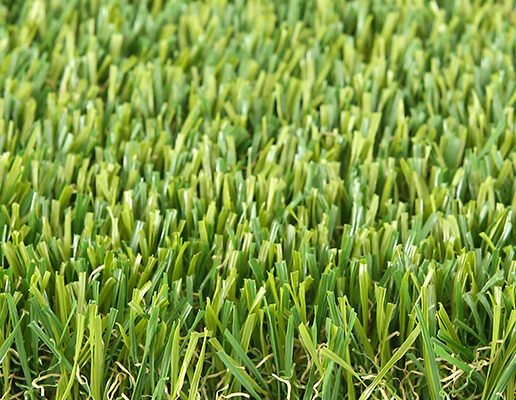

6. How to Identify Eco-Friendly Turf?
Check for the following certifications:
(1)ISO 14001, REACH, RoHS, CE.
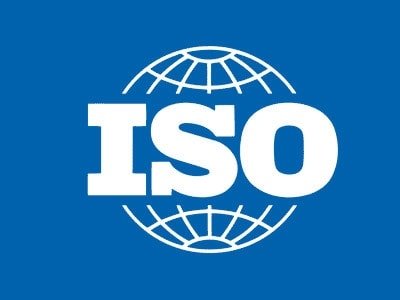

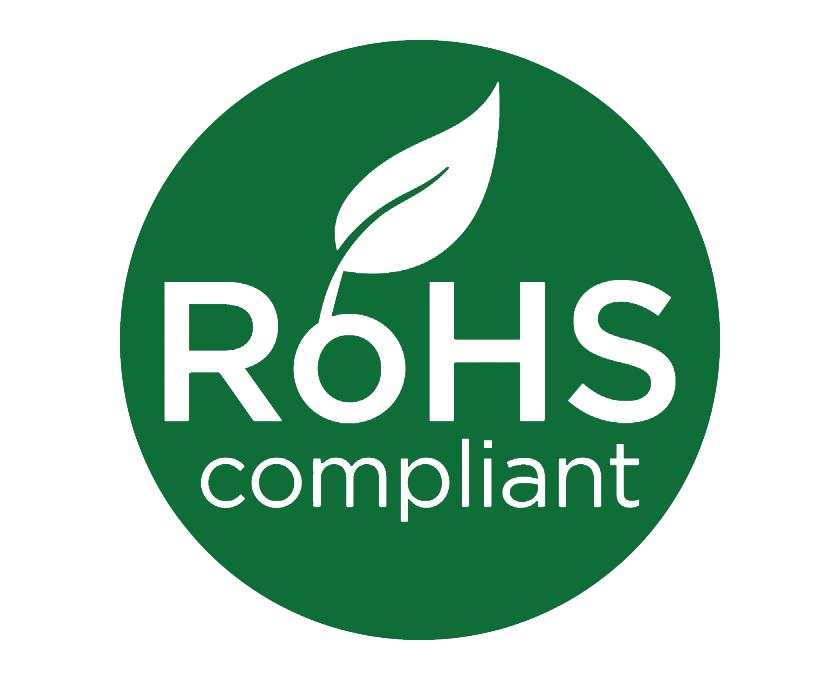
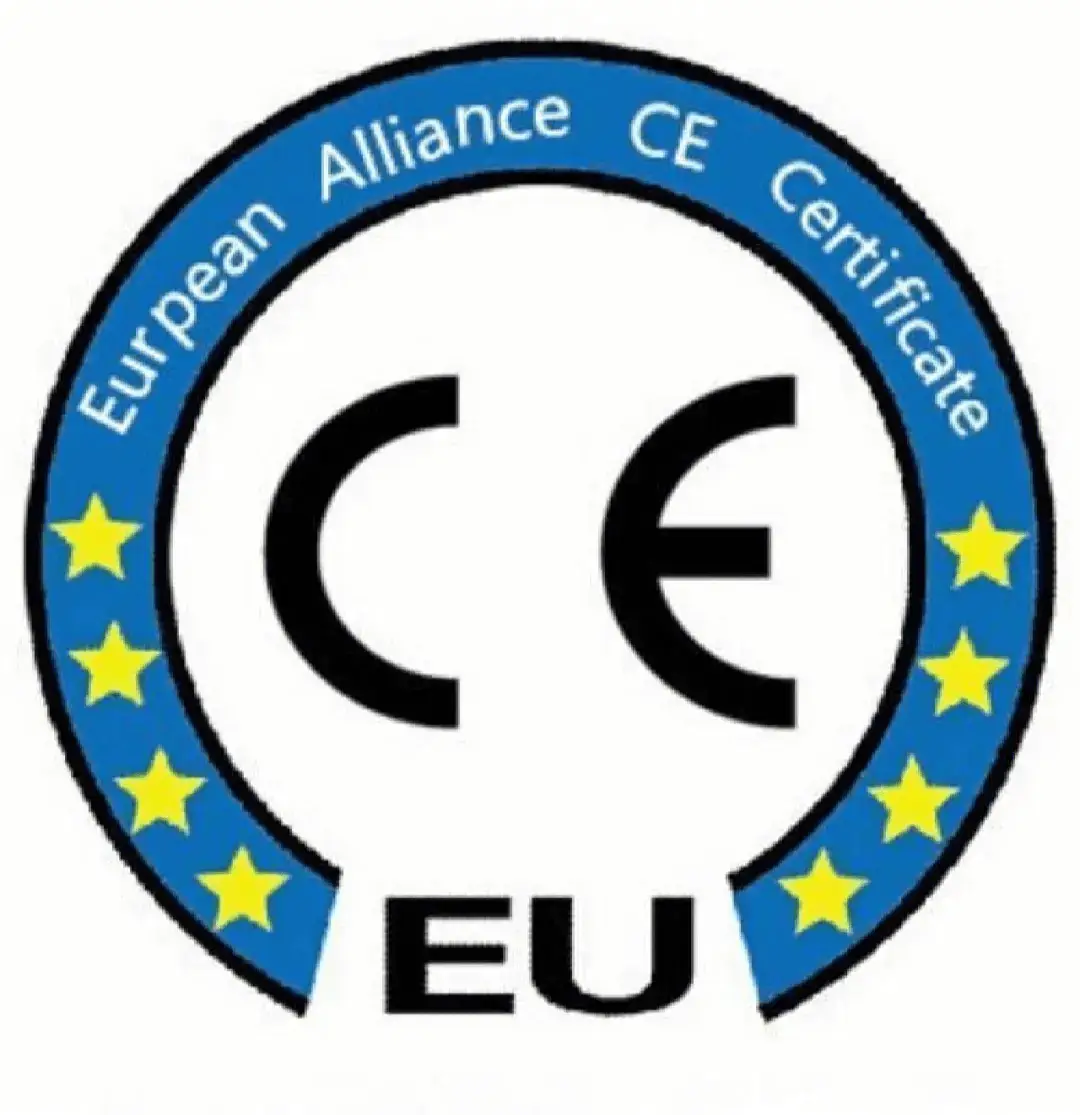
(2)Ask your supplier:
- Are renewable or recycled materials used?
- Can the yarn and backing be easily separated for recycling?
- Is a take-back or reverse logistics program available?
7. Applications of Eco Turf
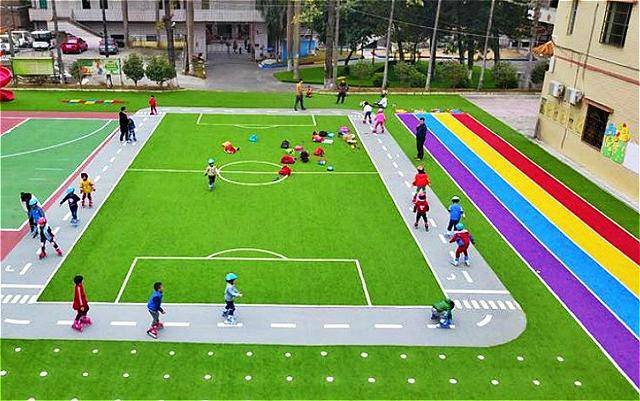


- Green Schools: Eco turf reduces maintenance costs and avoids toxic exposure for children
- LEED-Certified Projects: TPE-based turf is widely used in sustainable architectural landscaping
- Pet Parks: Turf systems with natural infill are healthier for pets
8️. Installation & Removal Tips
- Prefer mechanical fastening or eco-friendly water-based adhesives for future recyclability
- Use modular turf systems for easy zone replacement and controlled recovery
- Research local turf recycling programs to extend the value chain of your product
9.Conclusion: Go Green with Eco Turf
Choosing eco-friendly artificial grass isn’t just about responsibility—it’s the direction for future landscape development. By selecting recyclable materials, verifying certifications, and supporting circular systems, we can make our landscapes greener, our cities more sustainable, and our future brighter.
👉 Contact us today to request eco turf samples, technical specs, or recycling recommendations.
